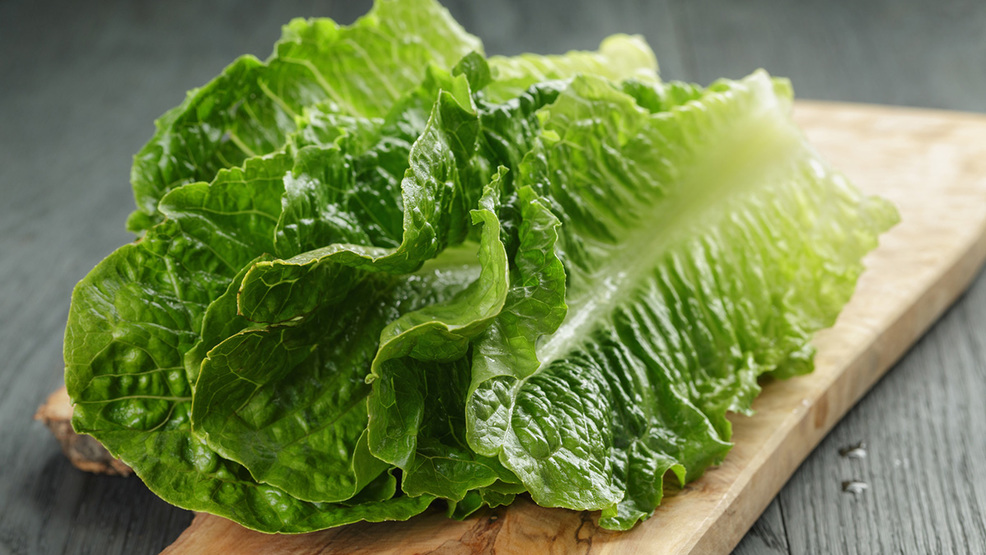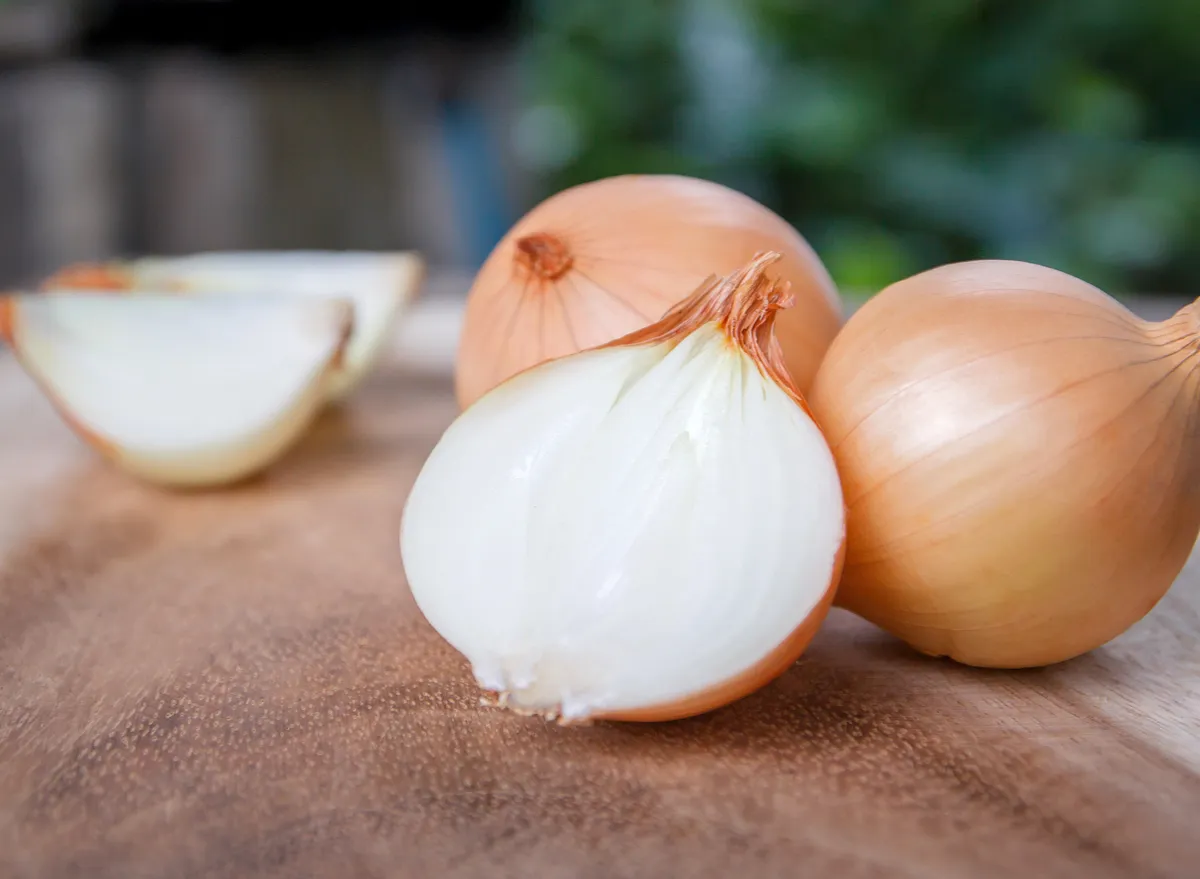Spinach
The Marvelous Spinach: Uses, Facts, Nutritional Benefits, and Tips
Introduction
Spinach is a leafy green vegetable that has gained popularity worldwide for its impressive nutritional profile and versatility in cooking. Known for its rich iron content and numerous health benefits, spinach is a staple in many diets. In this blog post, we will explore the various uses of spinach, fascinating facts about it, its nutritional benefits, and some helpful tips for incorporating it into your meals. Finally, we will discuss the average price of spinach.
Uses of Spinach
Spinach can be used in a wide range of dishes, making it a favorite ingredient in many kitchens. Here are some common uses:
- Raw: Spinach can be enjoyed raw in salads, sandwiches, and wraps, providing a fresh and crisp texture.
- Sautéed: Sautéing spinach with garlic and olive oil is a quick and tasty way to prepare it.
- Blended: Spinach can be blended into smoothies for an extra nutritional boost without altering the flavor significantly.
- Soups and Stews: Spinach adds a nutritious element to soups and stews, enhancing both flavor and texture.
- Steamed: Steamed spinach is a simple side dish that retains most of its nutrients.
- Baked: Spinach can be used in baked dishes like quiches, lasagnas, and casseroles.
Interesting Facts About Spinach
- Spinach originated in ancient Persia (modern-day Iran) and was later introduced to China and Europe.
- The scientific name for spinach is Spinacia oleracea.
- Spinach was made famous by the cartoon character Popeye, who gained strength by eating it.
- There are three main types of spinach: savoy, flat-leaf, and semi-savoy.
- Spinach is related to beets and quinoa, all belonging to the Amaranthaceae family.
Nutritional Elements of Spinach
Spinach is a nutritional powerhouse, offering a variety of essential vitamins and minerals. Here are some key nutrients found in spinach:
- Iron: Spinach is well-known for its high iron content, which is vital for oxygen transport in the blood.
- Vitamin K: This vitamin is crucial for blood clotting and bone health.
- Vitamin A: Spinach is rich in beta-carotene, which the body converts into vitamin A, essential for vision and immune function.
- Vitamin C: This antioxidant vitamin helps boost the immune system and promotes healthy skin.
- Folate: Folate is important for DNA synthesis and cell growth, particularly during pregnancy.
- Calcium: Spinach provides calcium, which is necessary for strong bones and teeth.
- Magnesium: This mineral is involved in numerous biochemical reactions in the body, including muscle and nerve function.
- Antioxidants: Spinach contains various antioxidants, such as lutein and zeaxanthin, which help protect against oxidative stress.
Helpful Tips for Using Spinach
- To preserve the nutrients in spinach, avoid overcooking it. Lightly steaming or sautéing is preferable.
- Store fresh spinach in the refrigerator and use it within a few days for the best quality.
- When selecting spinach, look for vibrant green leaves that are free from wilting or yellowing.
- Wash spinach thoroughly before use to remove any dirt or pesticides.
- Spinach can be frozen for later use. Blanch the leaves first to preserve their color and nutrients.
- Incorporate spinach into your diet by adding it to smoothies, soups, pasta dishes, and more.
Average Price of Spinach
The price of spinach can vary depending on the season and location. On average, fresh spinach typically costs between $2.00 and $4.00 per pound in the United States.
Cost: $2.00 and $4.00 $










0